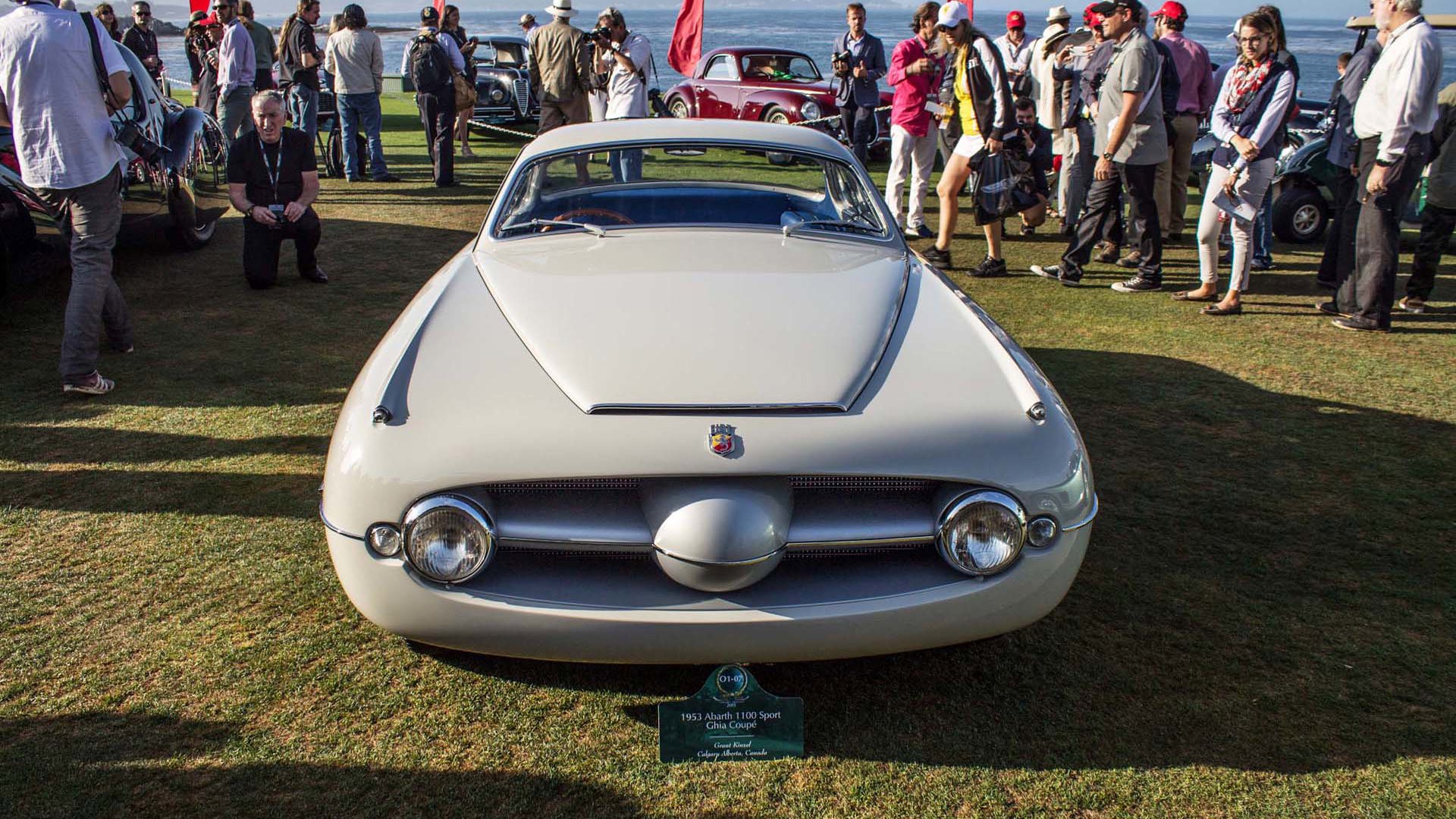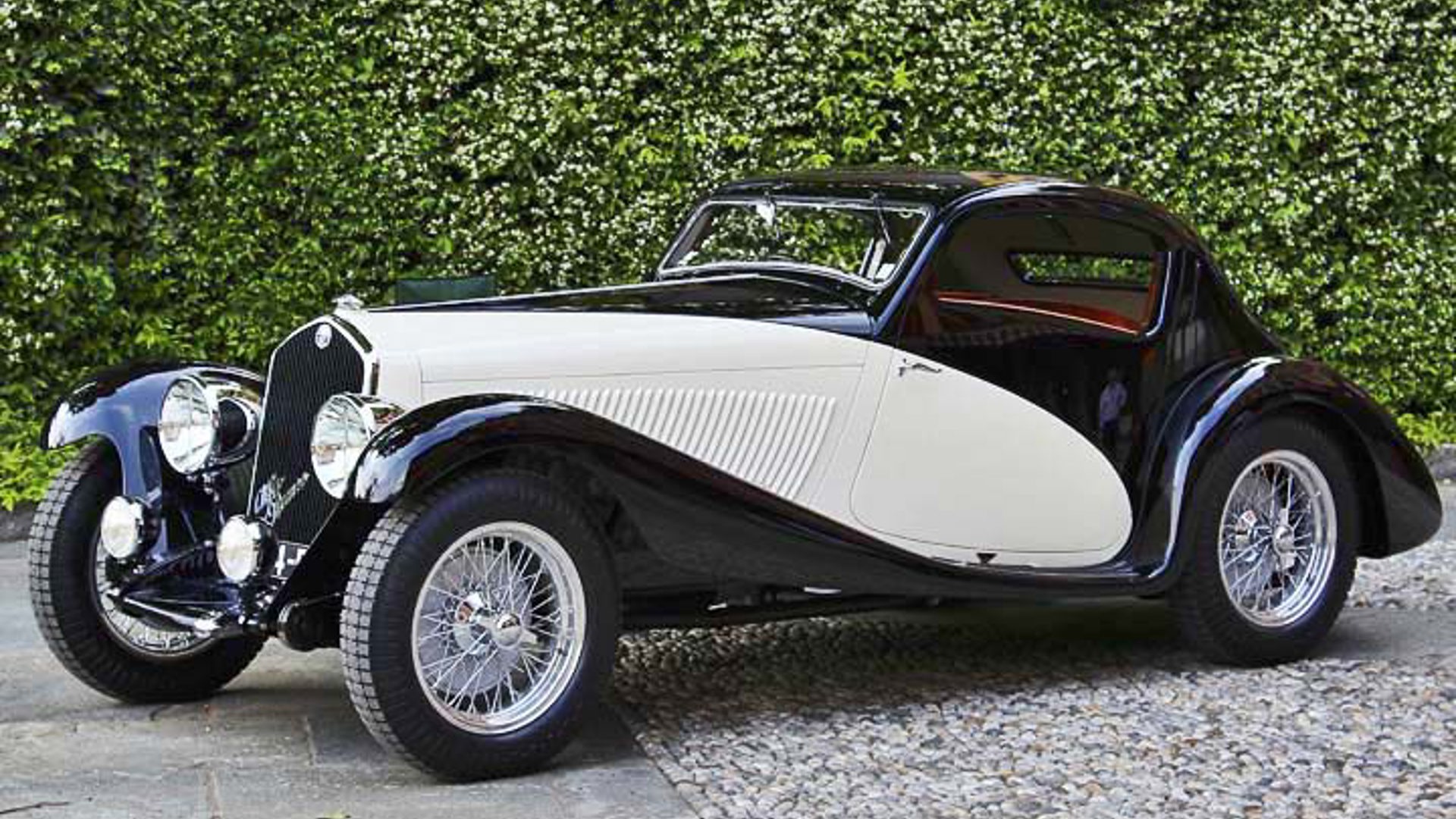Shoot them, stab them, burn them, or bury them alive – they cannot be killed. Well, of course they can’t: they’re not really alive! Given enough arcane skill, an accomplished restoration company can bring a classic car back from the very grave.
Here are seven examples of cars that just refused to die, that were brought to life again after years of mouldering in barns and fields and buried underground. Thank goodness for all those skilled mechanics and their wonderful, juicy, delicious brains.
1964 Shelby Daytona

Hand-shaped by the brilliant Pete Brock, the Shelby Daytona coupe is as rare and beautiful as any contemporary Ferrari. It was built in Carroll Shelby’s workshop to crush those Ferraris, and did so, just as the iconic GT40 did.
The very first prototype, and the only Daytona fully built in Shelby’s shop in Venice, chassis number CSX2287 had an extensive racing history, competing at Le Mans, Sebring, and of course Daytona – where it narrowly survived a devastating fire. It was also used to set multiple speed records at the Bonneville salt flats.

In civilian life, it eventually fell into the hands of a series of seemingly cursed figures. First of these was the music producer Phil Spector, made famous for his Wall of Sound approach, and made infamous for his eventual conviction for murder. He sold the car to a man who managed his mansion, who left the Daytona stored with his daughter. It would stay locked away for thirty years, until the woman committed suicide by setting herself on fire.
There followed a lengthy, nasty legal dispute, but eventually the car was mechanically restored, and otherwise returned to its original form. Amazingly, it had survived all these years of neglect without much damage; it survives on display today in the Simeone Automotive Museum in Philadelphia.
1953 Abarth 1100 Sport Ghia

A Canadian success story, this svelte little car exists only thanks to the work of a single very skilled restorer. Grant Kinzel of Calgary is a genius when it comes to small Italian cars, and when he found this tiny Abarth among a collection of other lost vehicles, he knew it could be his ticket to the most prestigious car show in the world: the Concours d’Elegance at Pebble Beach.
Originally a show car commissioned by Abarth to help sell their performance parts (like high-flow exhausts), the 1100 Sport was a one-of-one design coachbuilt by Ghia. It appeared at a few shows, but had been missing for decades; there were hardly any photographs to be found – in point of fact, the car hadn’t been photographed since 1954.
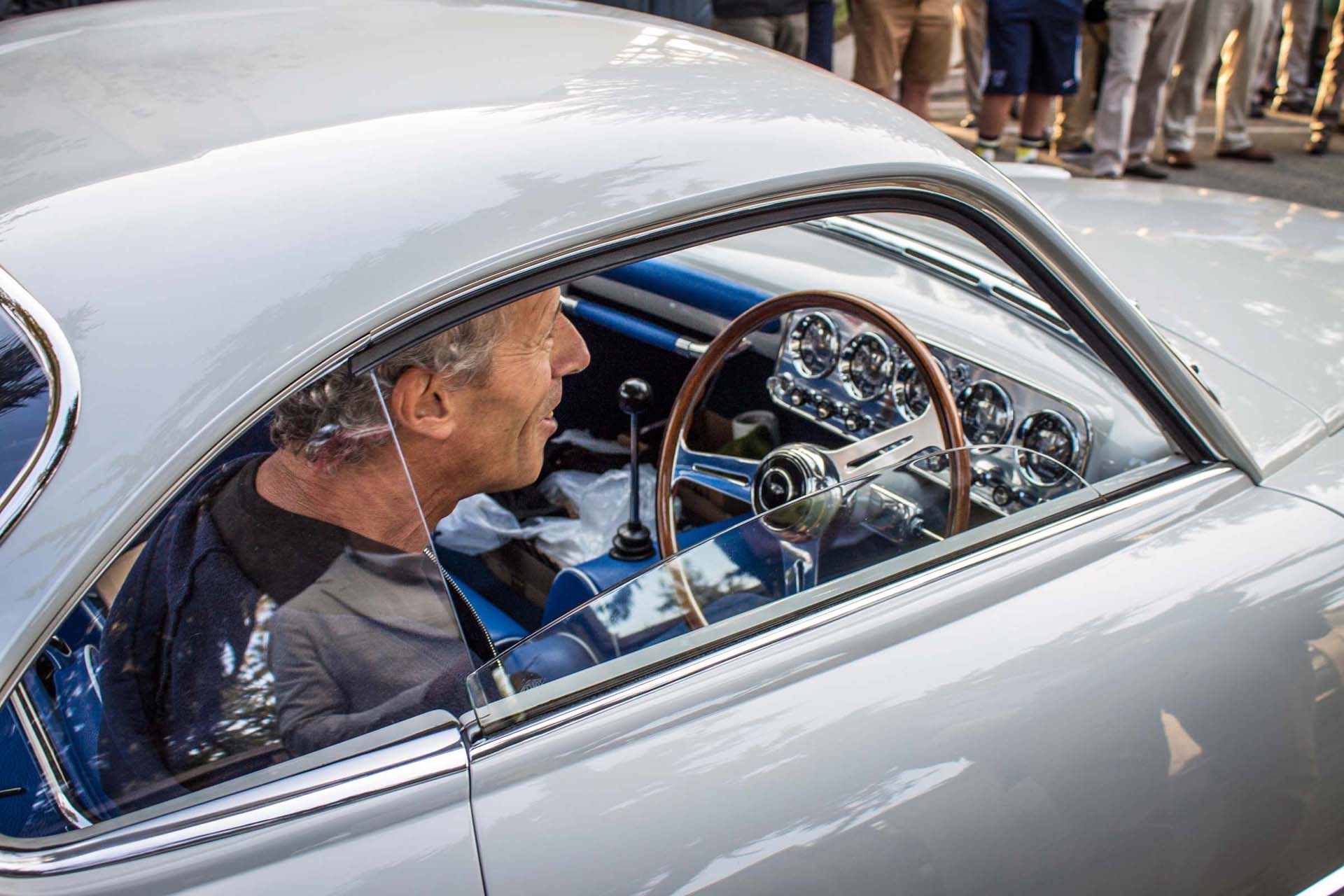
During his research, Kinzel found that the car had been imported to the US, and eventually found itself in the hands of a research engineer who liked to fly. When that engineer crashed his privately-owned P-38 Lightning, the car floated from owner to owner until it ended up in a collection of Italian cars being broken up. Kinzel took on the challenge.
He did nearly the entirely of the work himself, from sleuthing to figure out the original colour combinations to bodywork, to the mechanics, to painting the car inside his single-car garage. Eventually it was ready for Pebble, where it rolled onto the lawn to win best-in-class and runner-up for best in show.
1949 Ferrari 166MM Barchetta

Of all classic cars, more Ferraris seem to survive than any other marque. Perhaps it’s because they’re just so valuable, and are worth bringing back from the brink even if they’ve been completely abused.
This particular machine went from a used car dealership in Switzerland to Arizona in the 1950s, where the owner used it as a runabout, tearing up the empty desert in the company of a friend who owned a Maserati. When mechanical failure hit, the Ferrari’s delicate 2.0L V12 was too difficult to repair, so the car sat. At first it was covered, but eventually it was left to rot in the elements.

Happily, a desert environment makes for a solid automotive preservative. The Ferrari survived mostly intact over the decades, and when the original owner died, it was sold on to a collector who had the car brought back to running order. During the restoration, it emerged that the 166M had been driven by none other than Juan Manuel Fangio – widely considered the greatest Grand Prix racer of all time.
1974 Ferrari Dino 274 GTS
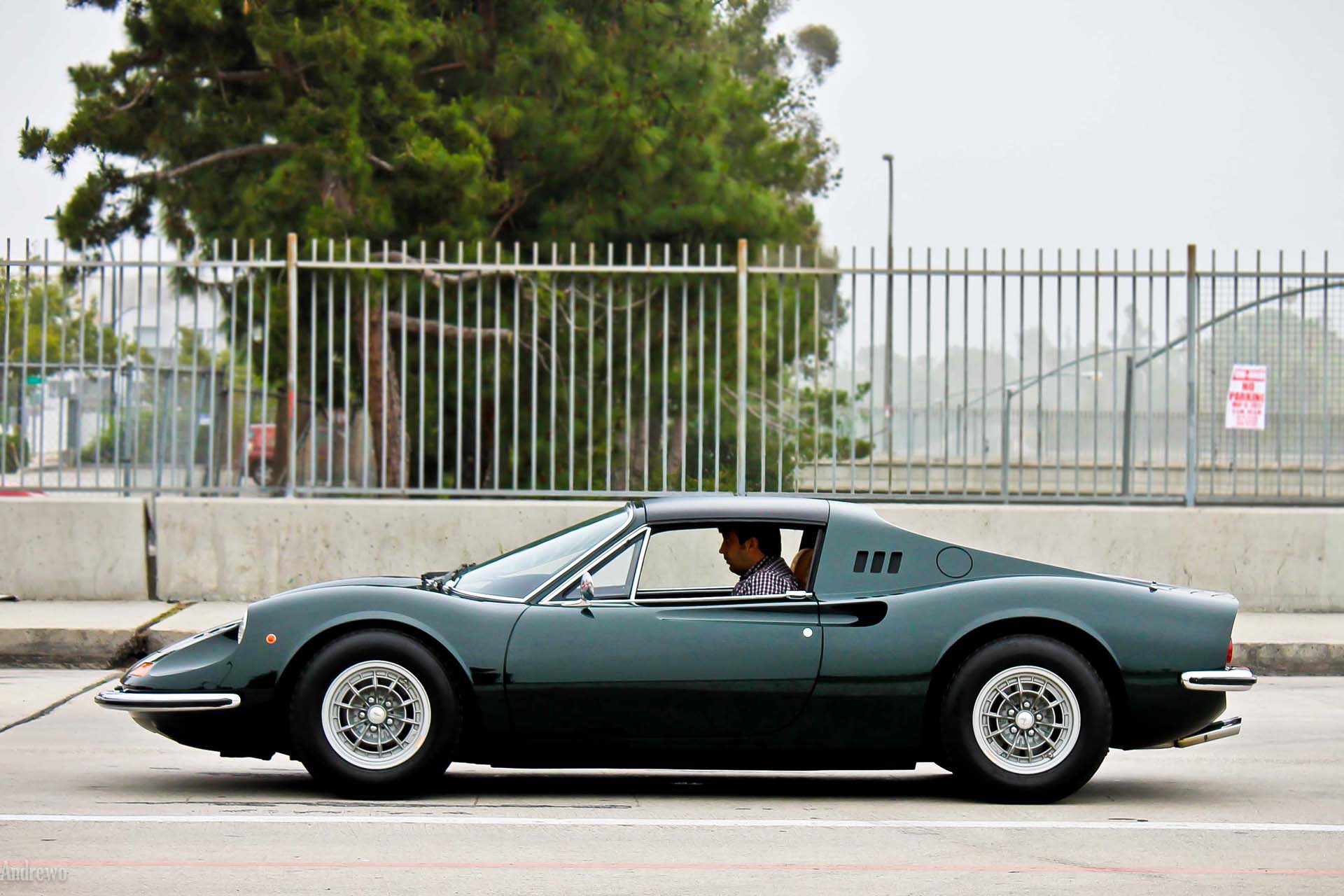
It’s the license plates that are a dead giveaway, a set of vanity plates reading, “DUG UP”. This gorgeous metallic green Dino was supposed to have been torched for the insurance money, but a couple of opportunistic thieves decided they could double their take – or maybe they thought the car was just too pretty to burn.
The owner, it’s alleged, hired a couple of thieves to boost the Dino while he was out for dinner with his wife. With a watertight alibi and rampant car theft in Los Angeles at the time, it’d be an easy insurance claim, then chop up the Dino for parts and pocket that money too. The thieves stole the car, but for some reason decided not to ditch the car. Instead, they drove it to a lot and half-buried it. It was later discovered when a detective got a tip.
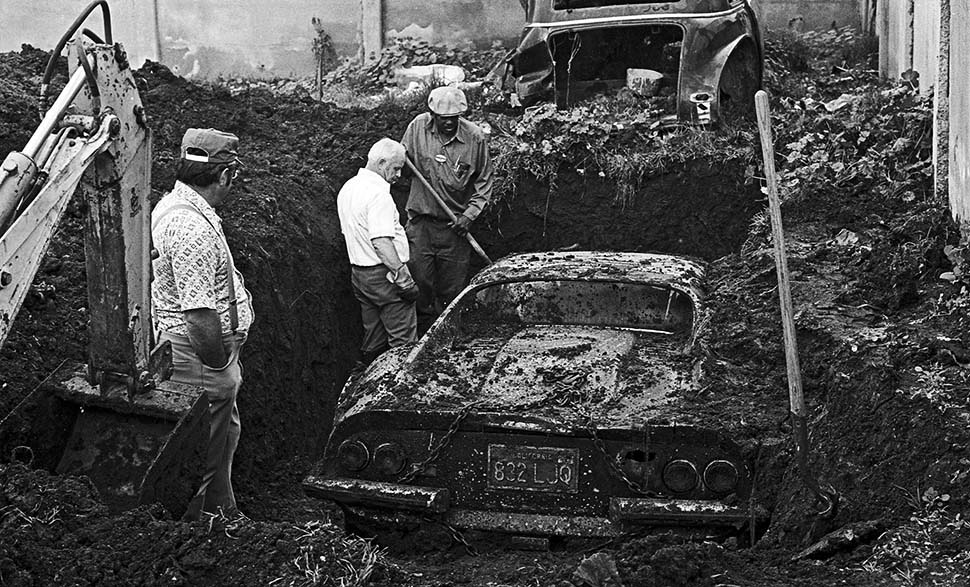
After being entombed in dirt, any car would have been totally rotted out. But for once, Los Angeles’ periodic droughts had an upside. The soil was so bereft of moisture thanks to a multi-year dry spell that it mummified the Dino. When Mike Spinelli of Jalopnik went looking for the car some thirty-odd years later, he eventually found the new owner, who had the car restored, then fitted with vanity plates to celebrate its escape from the grave.
1934 BMW R7

One of the most beautiful motorcycles ever created, the R7 was both ahead of its time and doomed by it. The art deco construction and advanced mechanics of its H-pattern hand-shifter were elegant, but it was born in the middle of the economic and political turmoil of Germany in the 1930s. Fully road-going, it was only seen a few times in public, and then was crated away as if in a wooden coffin while the storm clouds of war gathered.
That coffin wasn’t opened again until 2005. When it was cracked, the one-of-one R7 was found to be remarkably complete, but was also rusted and ruined. The worst damage was caused by a ruptured battery, which had leaked and corroded essential parts.

However, BMW still had the original design on file in its library. For three long years, a team of specialists laboured away to return the bike to its former glory. It rolled out onto the road in 2008, some seventy years since it last saw daylight.
2004 Ferrari Enzo

Supercars are the province of the ultra-wealthy, and some of those gains are ill-gotten. Witness the Enzo of alleged gangster Stefan Eriksson, rumoured to be a major mover and shaker in the Swedish mafia, and other criminal exploits. In the spring of 2006, he was driving at high speed while intoxicated, and spun his Enzo into a telephone pole. The car was cut completely in half, though Eriksson managed to flee the scene.
The press had a field day with photos of the gruesomely bisected car: how had anyone survived? Further juicy details emerged about Eriksson’s notorious past, and the story just got better.
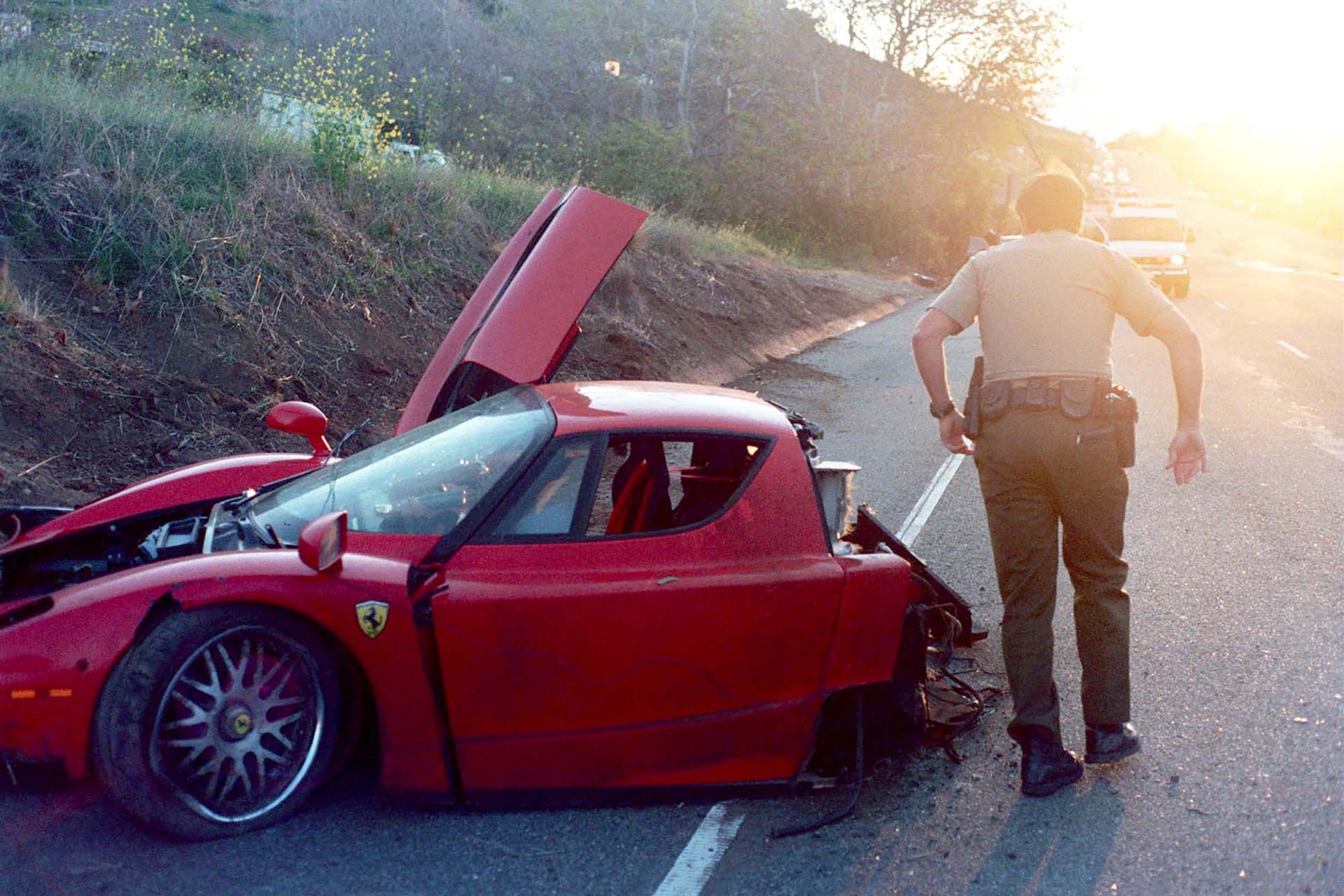
As it happens, the Enzo was supposed to have been repossessed, so the insurance company assessed whether repairing the damage was worth it. For almost any other exotic, they might not have bothered, but the Enzo is special enough to bear the name of Ferrari’s founder. The wreckage was turned over to Ferrari, who spent some $300,000 fixing it.
The result, which includes a colour change to Nero Daytona (black), just sold at auction for $1.75M. Bringing Ferraris back from the dead is just good business.
1933 Alfa Romeo 6C 1750 Figoni Coupe

Another Canadian success story, this coachbuilt Le Mans special didn’t just have to be restored, it had to be unrestored first. A victim of a less-than-perfect attempt to bring the car back to a glossy look, this extremely rare Alfa was not just aged by the elements, but spoiled by layers of wrong-coloured paint and modifications incorrect for the period.

Enter RX Autoworks, a small outfit located in North Vancouver. Stripping away the mistakes, they first returned the Alfa Romeo to its original bare state, discovering notes written by the original coachbuilders in the process. Then, dozens of hours were spent poring over original drawings and pictures, trying to get the car not just perfect, but authentic.
To give some idea of the lengths to which RX had to go to achieve accuracy, they even needed to hand-mix the resin coating for the wiring in order to get the colour right. The results speak for themselves: best-in-show awards from both the judges and the public at the ultra-exclusive Villa d’Este show in Italy.












